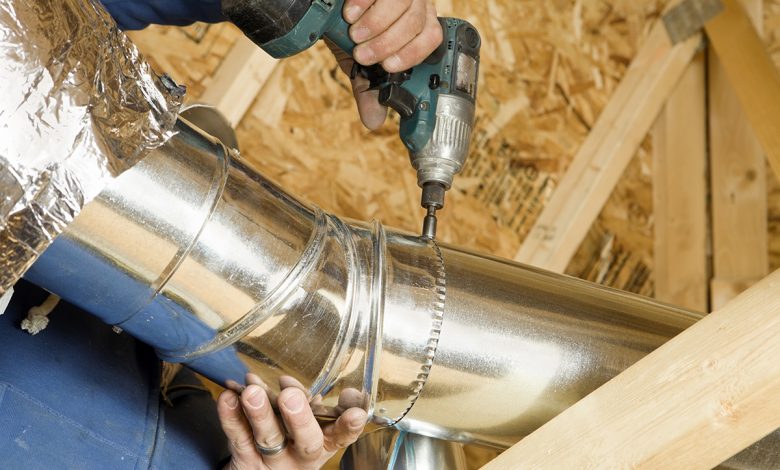Understanding All Things Concerning Duct Repair

If you’re interested in repairing your HVAC system, understanding all things concerning duct repair is essential for you to do the job correctly. Learn more about duct cleaning, mold, and leaks. Then, you can start planning for duct retrofitting or repairs. Before beginning, remember that mold growth is caused by conditions, such as excess amounts of dust and debris. If you suspect that mold is present in your HVAC system, you need to get it checked out by a professional.
Leaks
If you’re noticing strange smells or see a large amount of dust in your home, you may need to have your air ducts repaired. These leaks will circulate dust throughout your living area, exposing you and your family to harmful fumes. In addition to spreading dust, leaks also let air from outdoors and the basement in. This air could be contaminated with pesticides and paint thinners.
Kinks
If you notice that your ductwork has sharp bends, kinks, or other irregularities, it’s time to get a professional duct repair company. These issues can reduce airflow, increase your utility bill, and decrease your comfort. Even more, kinks and other irregularities can cause your ducts to become dirty and reduce airflow. Dirty ductwork may also leave black lines on your walls, or rows of debris surrounding vents. The kinks and bends in ductwork can let in dust and debris of all kinds. Having your ducts repaired can ensure that these problems aren’t blown into each room in your house.
Leaks in flex ducts
Occasionally, you might notice leaks in flex ducts while doing a ducted air conditioning repair. These leaks are caused by holes in the outer cover of the ducts, which lowers the air pressure and may cause damage to the HVAC system. While duct tape can be used to patch holes, it is not a good idea to attempt to seal these leaks yourself. Instead, you should use mastic sealant to affix the ducts’ outer covering and avoid rubbing the ductwork against wall studs or ceiling joists.
Mold
There are many types of mold that may need duct repair. Acremonium mold, for example, is very common in air ducts. It is found in moist areas near vents. Alternaria is green or brown in color and takes on a velvety texture. These fungi require a continuous supply of water to grow. Aspergillus mold, on the other hand, is more difficult to identify, though it can grow in air ducts as well.
Pests
When you’re doing duct repair, you need to check your ducts carefully for signs of pest activity. Rats, mice, and other rodents leave droppings that look similar to black grains of rice. However, the stains left behind by cockroaches are more like coffee grounds or black pepper. This is especially significant if you suspect that you have a roach infestation. Inspecting the ducts for these signs is also important, since they can cause serious damage to your ductwork.
Cost
When it comes to fixing ductwork in your home, you might be wondering how much a professional duct repair service will cost you. Depending on the type of ductwork you have, you can expect to pay anywhere from $150 to $900 for repair. Most ductwork is made of sheet metal, which is the most expensive but also the strongest material. While sheet metal ducts are fairly durable and offer decent insulation, you may have to patch or reattach them in order to get the job done. The amount that you’ll pay for duct repair services depends on the type of ductwork and where it’s located. If your ducts are in an awkward place, you may need to pay more than this to get it fixed.
When to replace ductwork
If your home is experiencing trouble with your furnace and ductwork, it may be time to replace them. While this may seem like an easy fix, there are some things you should look for to tell if it’s time to replace your ductwork. If the ducts are rusted or have large outgrowths of mold, they are likely in need of replacement. However, if these signs persist for several months or even years, you may want to consider calling a professional ductwork repair service.





